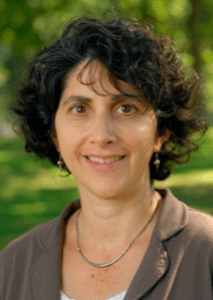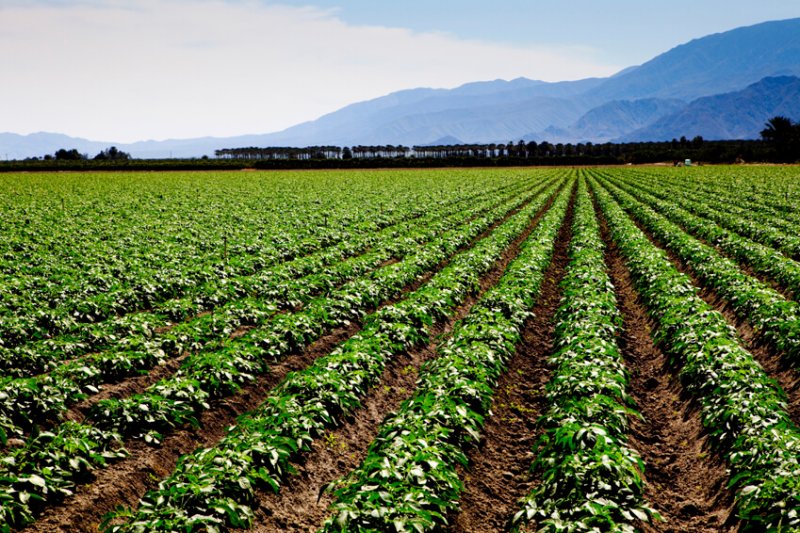[Editor’s note: Claire Kremen is a professor of conservation biology at University of California, Berkeley, where she also co-directs the Center for Diversified Farming Systems and the Berkeley Food Institute.]
In Linus Blomqvist’s recent essay on wildlife and farmland, he uses the classic land-sparing versus land-sharing framework to discuss how to best protect biodiversity at the local and the global level.
…

I agree with Blomqvist on protecting large reserves whenever possible, but disagree that the land-sparing/land-sharing perspective will help us to identify pathways for biodiversity conservation. To me, the land-sparing/land-sharing debate is dangerous because it oversimplifies key aspects influencing land use, and focuses attention away from more important issues that will determine future land use, biodiversity, and human well-being. Instead, tremendous potential exists to protect biodiversity and meet human nutritional needs by focusing on the demand side, rather than the supply-side emphasis of land-sparing/land-sharing. By shifting diets away from meat, reducing food waste, and bending the population growth curve down through voluntary family planning, we can significantly reduce humanity’s impact on landscapes, ecosystems, and wildlife. Finally, while Blomqvist and I agree that how we farm matters for both biodiversity and yields, I disagree that monocultures are always more high yielding; further, they are demonstrably far less resilient to pests, disease, and disasters than more diversified agriculture.
The GLP aggregated and excerpted this blog/article to reflect the diversity of news, opinion, and analysis. Read full, original post: Claire Kremen Responds to Breakthrough’s Essay on Wildlife and Farmland
For more background on the Genetic Literacy Project, read GLP on Wikipedia































